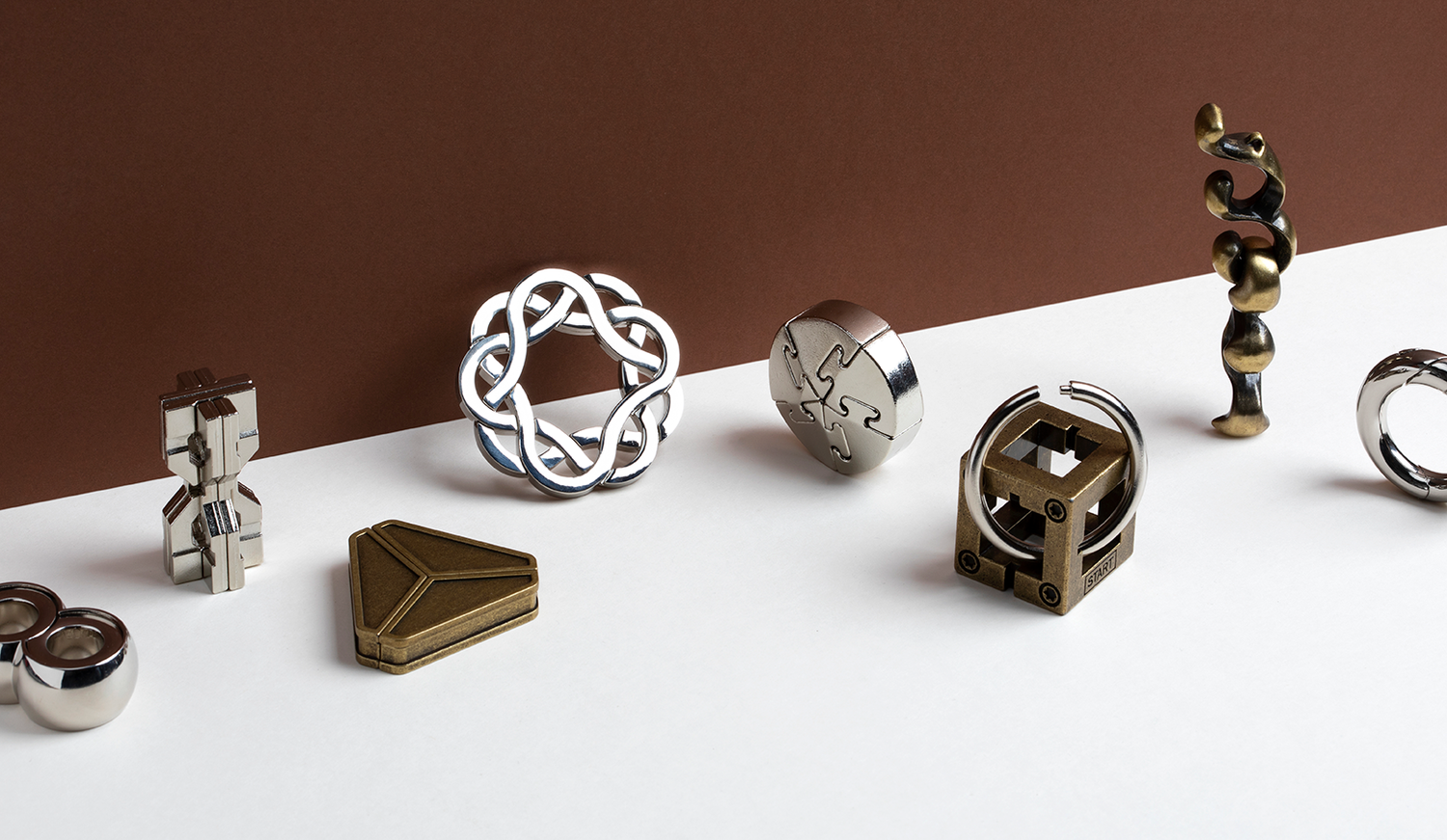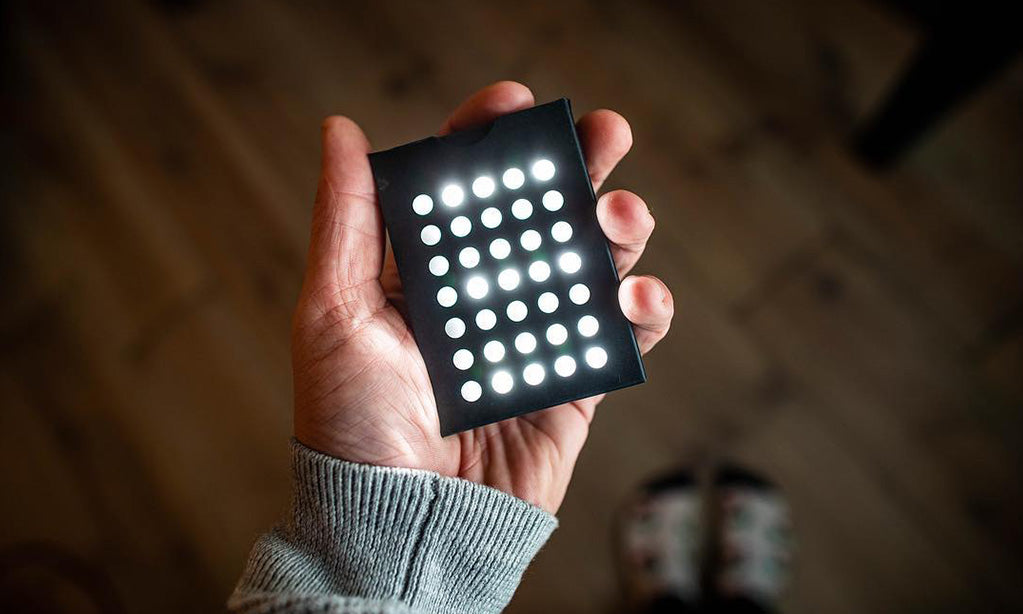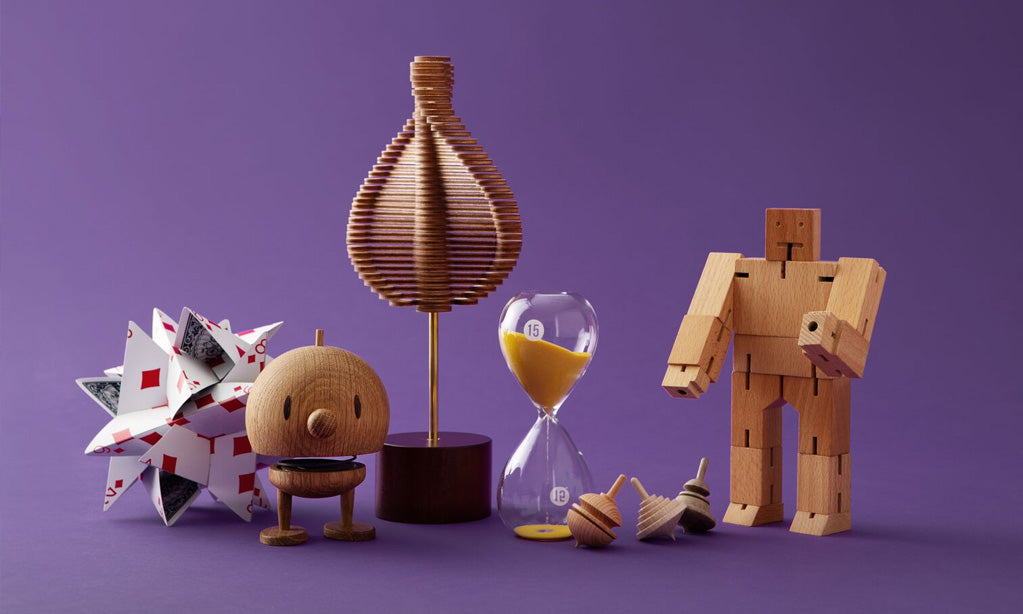To spark your curiosity and enjoy a fun challenge, embrace the power of the famous cast puzzles by Hanayama. These mechanical puzzles await your persistence in figuring out how to disassemble their mechanisms. By rotating, sliding and otherwise manipulating the cast pieces, you can learn the secrets needed to crack the puzzle. With a half dozen levels to work through, there are so many different cast puzzles to conquer. Before you get started, become well-versed in the history of Hanayama and their famous cast puzzles with this informative guide.
Cast Puzzle Development and Rise in Popularity
Mechanical puzzles are an ancient pastime, dating all the way back to 3rd century BC Greece. The original mechanical puzzle was made of wood and featured 14 pieces that could be used to create different shapes. These fun puzzles did not increase in popularity until the late 1890s, when this type of entertainment finally caught on. Most puzzles were still made from wood by this time, though a few metal puzzles had caught the eye of enthusiasts.
Hanayama brought their expertise and passion to the forefront of the mechanical puzzle industry with the development of their cast pieces in 1983. The strong metal materials added to the richness of the puzzle-solving experience with its smooth surfaces and tough construction. The cast pieces also have a certain level of charm unattained by similar pieces made from wood and plastic polymers.
The line of cast puzzles by Hanayama focus on disassembly through the purposeful separation of the individual pieces. The puzzle pieces join together tightly until the user's movements free them and allow their deconstruction. At the higher levels, reassembling the puzzle pieces becomes a big part of the fun - and sometimes proves even more challenging than the disassembly.
Design and Creation of Hanayama Cast Puzzles
From the very start, the time and effort spent designing and creating each cast puzzle shines through its build quality. The design process begins with the formation of an idea, upon finding inspiration in daily life. The shape of the cast puzzle comes together in manual and digital CAD drawings that are used to produce the machining specifications for the cast puzzle and the manufacturing molds. These specifications are first utilized to produce hand samples out of brass materials. These samples allow the designers to check that the function and challenge level match expectations.
The manufacturing process involves the production of copper molds that will produce the detailed piece designs. The spark erosion techniques slowly chisel out the puzzle piece details in negative for the molds. A small production run verifies the integrity of the molds before starting the full run of die cast puzzles. For the small and full run, the machinery presses molten zinc alloy into the molds where it remains until cool. Once cool, the pieces are broken off the sprue and moved onto the post-processing procedures. At this stage, the pieces receive the finishing touches that make them so satisfying to hold and manipulate.
Metal plating completes the cast puzzles, though much goes into planning for this phase. Since the metal plating adds thickness to the pieces, the plating material must be carefully considered during the design of the copper molds. The attention to detail put into each puzzle piece not only ensures they work properly, but also look great as beautiful objects of design. Once plated, the puzzle pieces can go through the assembly and packaging process. The cast puzzles by Hanayama ship across the world to eager puzzle enthusiasts awaiting to enjoy their next challenge.
Hanayama Rating System Explained
Hanayama takes immense pride in their ability to create puzzles that meet their six challenge levels. The gradual increase in difficulty makes it truly rewarding to conquer the cast puzzle challenges through each level. The first level focuses on just having fun and developing an understanding of how mechanical puzzles really work. The simple puzzle design still takes thought and consideration without allowing frustration levels to build. The second level of puzzles encourages critical thinking without being too difficult to solve. The puzzles are satisfying to hold and move, even when the solution does not immediately present itself.
At the third level, the puzzles start to demand deep thought about how the pieces connect together. The grooves, ridges and other virtually indiscernible elements keep the fun going, and brain working, much longer than prior levels. Intricate details become the name of the game with the fourth level of cast puzzles by Hanayama. These puzzles require high levels of thinking to separate the intricately joined pieces.
From padlocks to labyrinths, there are many familiar elements in the fifth level of cast puzzles. Despite these recognizable elements, the cast designs offer a challenge unmatched by nearly any other puzzle design. The sixth, and final, level of cast puzzles promise to astonish and amaze as you work out how the pieces connect together. At every level, joy and satisfaction comes with solving the cast puzzles and learning how the pieces work.
Cast Puzzles as Gifts for Kids and Adults
Hanayama cast puzzles make excellent gifts for kids and adults alike. At every level, the cast designs offer opportunities to learn how to persist through tough trials. Puzzle enthusiasts also develop critical thinking and problem solving skills while working out how the cast pieces can come apart. If you would like to add Hanayama cast puzzles to your collection, check out the available pieces from Art of Play. You can start at your desired level and build your collection as you find the solutions to the cast puzzles.







3 comments
Leave a comment
This site is protected by hCaptcha and the hCaptcha Privacy Policy and Terms of Service apply.